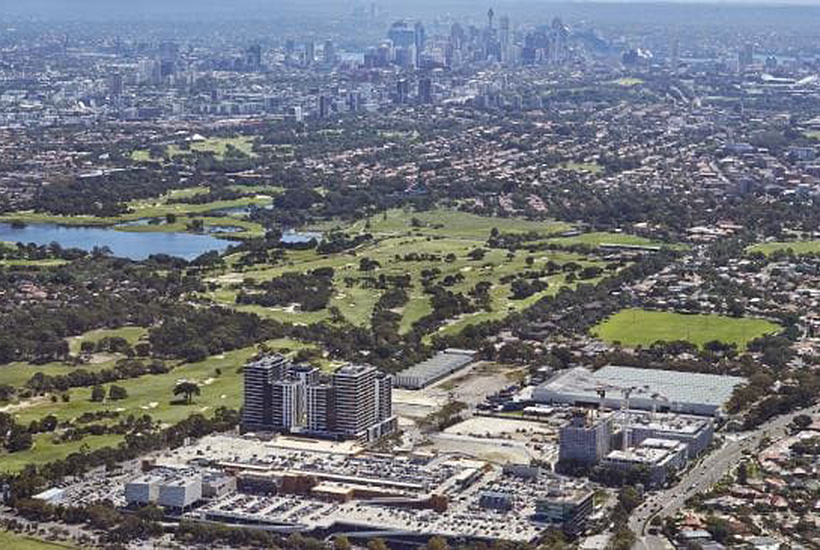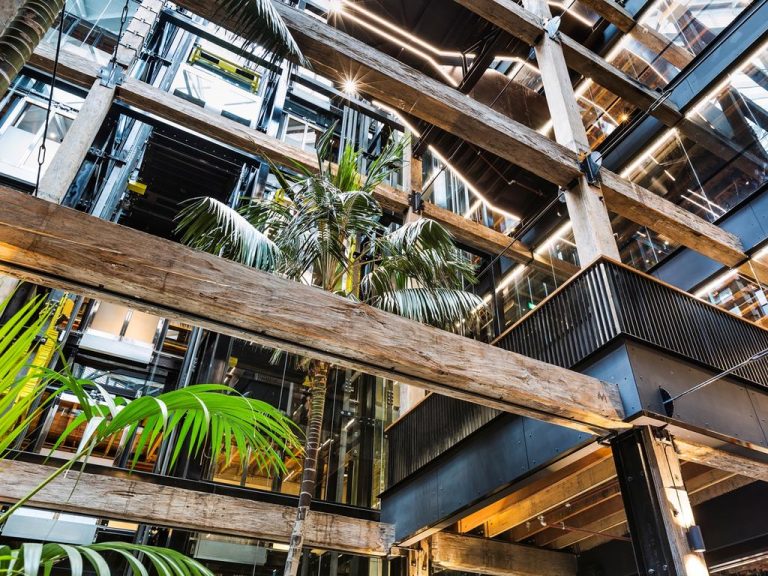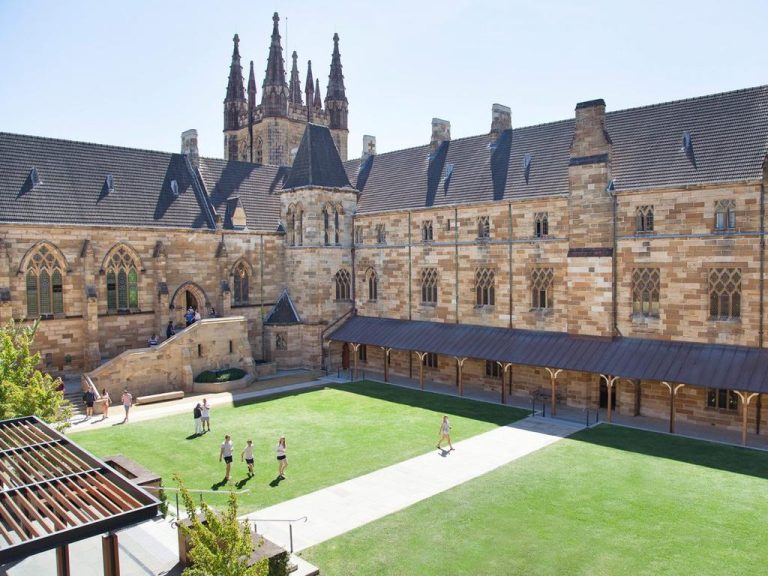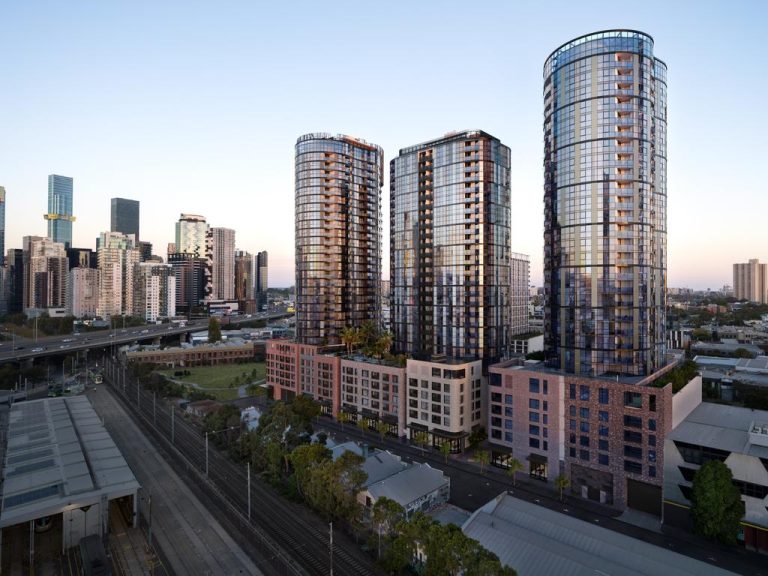Shopping centres shift in buyers’ favour

Retail property investors are preparing for a wave of shopping centres to hit the market as landlords face a tougher environment with slower spending and traditional anchor department stores coming under pressure.
While retail property sales volumes remain elevated, with last year recording the third-highest level of transactions on record at $8.1 billion as long-term players Scentre, QIC Global Real Estate and SCA Property struck major purchases, the balance is shifting towards buyers of retail property.
They are targeting top-tier centres or those that can be revamped, particularly by adding leisure or residential components on unused land to sweeten returns.
Commercial Insights: Subscribe to receive the latest news and updates
JLL’s Australian Shopping Centre Investment Review and Outlook 2019 says the sector is benefiting from long-term demographic trends, with the surging population hitting its peak spending ages over the next decade.
But the review acknowledged listed players were trimming their exposures to unwanted areas and most were pursuing strategies that would leave them owning either fortress-style malls or much smaller convenience-based centres.
Interest continues to remain strong for Australia’s retail assets because investors can see the value that currently exists
Despite a wave of redemptions hitting the sector, JLL forecasts that unlisted funds are likely to remain key buyers in 2019 and offshore buyers, although less active last year, could also swoop.
While pricing for core retail remains firm and the best assets are still being chased, buyers of smaller centres are now taking into account the risks of vacancies in their purchases, following a wave of retail chains collapsing.
JLL’s head of retail investments, Australasia, Simon Rooney says investors are focused on retail values, which have held up well relative to retail spending fundamentals.
“Buyers in 2019 will have more selective criteria which will be reflected in pricing,” Rooney says. “Interest continues to remain strong for Australia’s retail assets because investors can see the value that currently exists.”
He cites the widening yield spread between retail and other sectors, which was likely to encourage multisector investors to check out shopping centres.
Rooney says mall owners, particularly A-REITs, are narrowing their strategies and will seek to focus on smaller, more refined portfolios.
The benchmark yield for core retail assets — mainly well-located regional shopping centres — remained unchanged in 2018 at about 4-4.25%. At this top tier, Scentre picked up a half stake in Westfield Eastgardens in Sydney from Terrace Tower Group for $720 million. SCA bought 10 smaller assets from Vicinity Centres for $573 million at a discount.
Buyers in 2019 will have more selective criteria which will be reflected in pricing
But the review calls out “investor caution” towards non-core retail assets and says pricing adjusted mainly for subregional centres and non-metropolitan neighbourhood centres.
A number of assets were also pulled off the market as vendor price expectations were not hit and some other sales were at discounts to book value.
“Transaction evidence of yield decompression was relatively limited in 2018 given the trend to withdraw assets from sale so the change in market pricing is taking longer to flow through to book values,” JLL says.
The agency says the lack of distressed selling has been a key reason for the orderly adjustment.
This article originally appeared on www.theaustralian.com.au/property.







